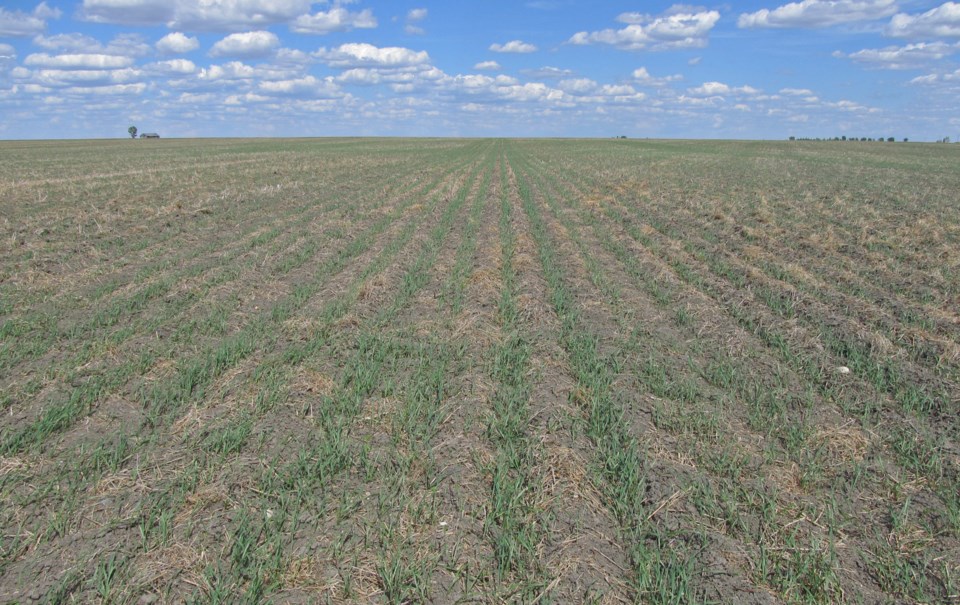YORKTON - There are reports circulating that farmers in Western Canada are going to shrink hard spring wheat acres again in 2022.
It’s been a trend, one reflected in the United States where a producer.com story has the U.S. Department of Agriculture quoted with "If realized, this represents the fifth lowest all wheat planted area since records began in 1919," in reference to planting intentions.
The decline in wheat acres shouldn’t surprise anyone anymore. Once agriculture establishes trends they tend to hold for a very long time until something rather revolutionary comes along.
The number of farmers has been in decline for decades, the size of farms on the increase for decades too.
Prairie farmers were largely 50 per cent crop, 50 per cent fallow until zero till technology developed and now black soil summer tillage is near extinct.
Wheat was long king, and then canola was developed and crops such as the range of pulses came to be recognized as viable to grow on the Prairies profitably.
The turn away from wheat has since been pushed by a variety of things.
To start with there has been the development of marketing opportunities for certain crops here on the Prairies. Being able to sell production to a processor down the highway is often favourable to export on a ship from a port a couple of provinces away.
One only needs to look at the canola crush sector which has simply exploded on the Prairies. There are numerous facilities spotted across the region already, some expanding since construction, and a handful of new facilities announced to be built in the near future. The facilities jointly create a huge appetite for canola and farmers will move to meet that demand.
Other processing facilities focus on oats, a few others peas, and the list goes on, with limited major processing investment in hard spring wheat recently.
Food trends also are not particularly favourable to wheat either.
There is huge interest in pulse crops to be part of the concoctions which are being developed as alternatives to real meat. That market is likely to grow.
In addition, gluten, a protein in wheat and other cereal grains such as barley and rye, is something people are hypersensitive to.
Coeliac disease or wheat allergies affect about one per cent of the adult population worldwide, but non-celiac gluten sensitivity (NCGS) is becoming increasingly important in the western world.
Others are opting to simply go gluten-free as a choice.
As a result, we see more gluten-free food products in stores and restaurants, and that is a trend that isn’t wheat friendly either.
Finally, our food choices have changed too.
You never had a meal in a restaurant when I grew up through the late 1960 and 70s, without bread on the table. You ate bread at every meal, which today is far from the case.
The pendulum has swung away from wheat and it will take something dramatic to have it swing back in its favour.






